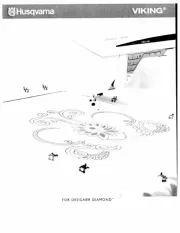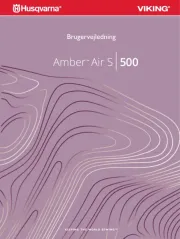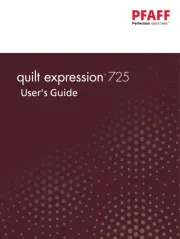Dürkopp Adler 1222 Manual
Læs gratis den danske manual til Dürkopp Adler 1222 (70 sider) i kategorien Symaskine. Denne vejledning er vurderet som hjælpsom af 9 personer og har en gennemsnitlig bedømmelse på 4.6 stjerner ud af 5 anmeldelser.
Har du et spørgsmål om Dürkopp Adler 1222, eller vil du spørge andre brugere om produktet?

Produkt Specifikationer
| Mærke: | Dürkopp Adler |
| Kategori: | Symaskine |
| Model: | 1222 |
Har du brug for hjælp?
Hvis du har brug for hjælp til Dürkopp Adler 1222 stil et spørgsmål nedenfor, og andre brugere vil svare dig
Symaskine Dürkopp Adler Manualer
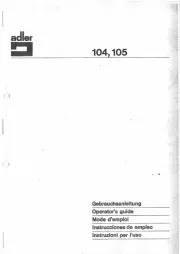
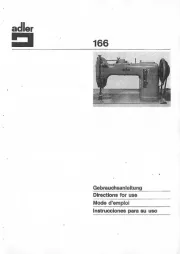
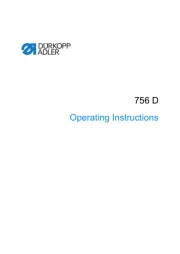
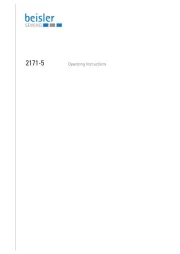
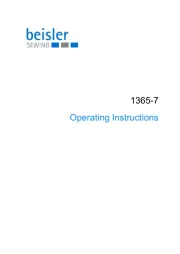
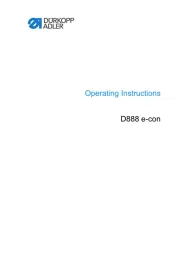
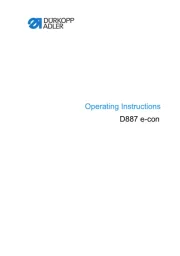
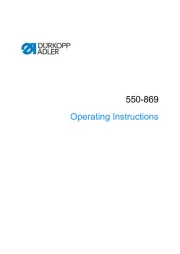
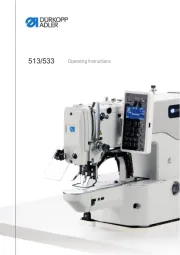
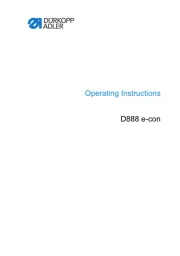
Symaskine Manualer
- ER
- Silver
- Essentiel B
- TecLime
- Prixton
- Hugin
- Singer
- Toyota
- Emerio
- Kayser
- Brother
- Livoo
- LERAN
- Union Special
- Durabase
Nyeste Symaskine Manualer



